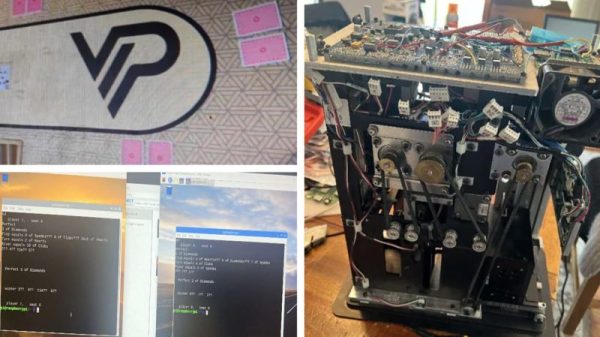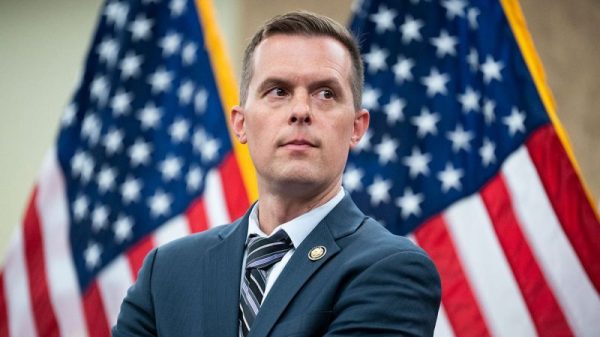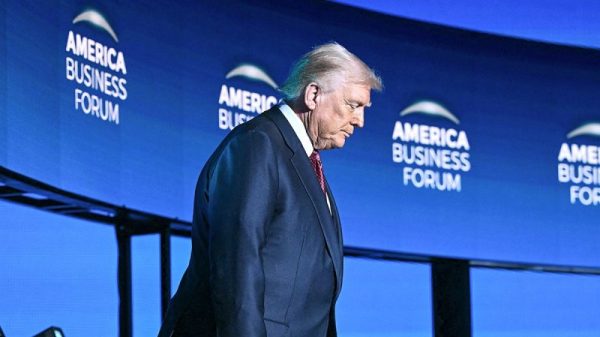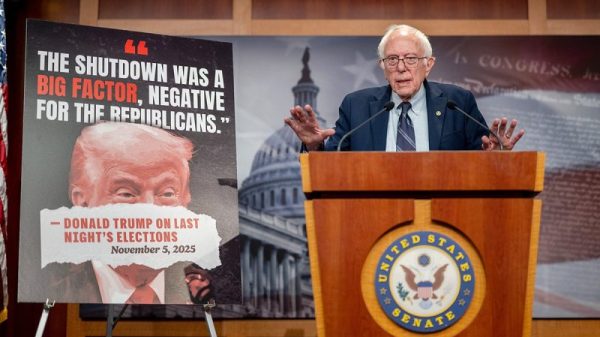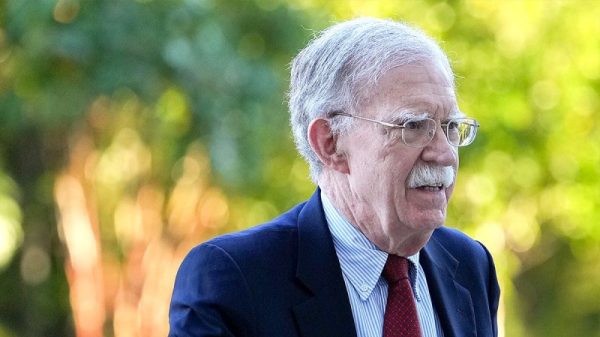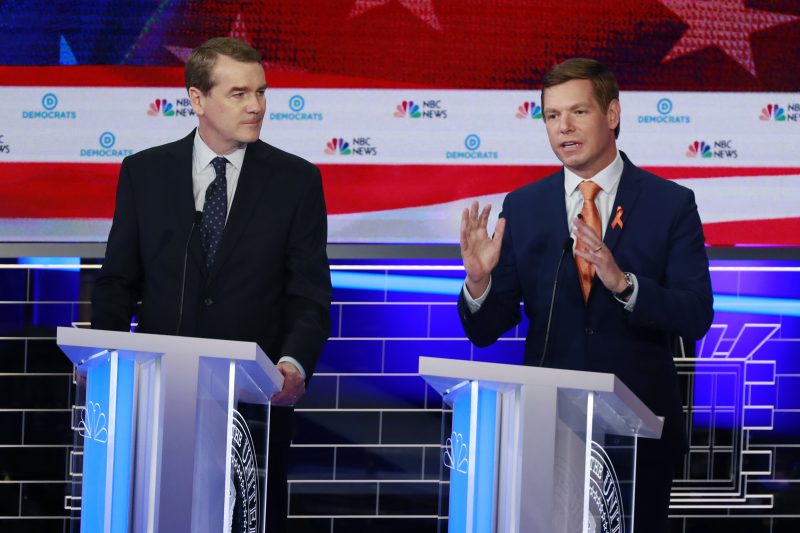**The Challenge of Passing the Torch to Younger Leaders in the Democratic Party**
The Democratic Party has long been at a crossroads when it comes to transitioning power to a new generation of leaders. The question of how to effectively pass the torch to younger members and cultivate new talent within the party has been a point of contention and uncertainty for many years.
One of the main challenges that the Democrats face is the lack of a clear and cohesive strategy for developing and promoting young leaders. While there have been efforts to elevate younger voices within the party, these initiatives have often been ad hoc and inconsistent, leading to limited success in grooming the next generation of Democratic leaders.
Another obstacle to the seamless transition of power is the presence of established older figures who continue to dominate the party’s leadership positions. These long-standing leaders have a firm grip on power and influence within the party, making it difficult for younger members to rise through the ranks and take on leadership roles.
Furthermore, the Democratic Party’s focus on legacy and experience can sometimes work against the advancement of younger leaders. There is a prevailing sentiment within the party that older, more experienced politicians are better equipped to navigate the complexities of governance and decision-making, leading to a reluctance to embrace new and untested leadership.
In addition to structural barriers, there is also a generational divide within the Democratic Party that hinders the smooth transition of power. Younger members often have different priorities, perspectives, and approaches to policy than their older counterparts, creating tensions and conflicts that can impede the emergence of a unified leadership.
To address these challenges and successfully pass the torch to younger leaders, the Democratic Party must adopt a more deliberate and inclusive approach to leadership development. This includes creating clear pathways for young members to ascend to leadership roles, providing mentorship and support to help them navigate the complexities of politics, and fostering a culture that values innovation and fresh perspectives.
Moreover, the party must work to bridge the generational divide by fostering dialogue and collaboration between older and younger members, creating opportunities for inter-generational mentorship and knowledge-sharing. By building bridges across generations, the Democrats can harness the unique strengths and talents of both young and old members to create a more inclusive and effective leadership structure.
In conclusion, the Democratic Party faces significant challenges in passing the torch to younger leaders, but with a coordinated and inclusive approach to leadership development, it can pave the way for a new generation of dynamic and forward-thinking leaders to emerge. By breaking down barriers, fostering collaboration, and embracing diversity of thought, the Democrats can ensure a bright future for the party and the country as a whole.






